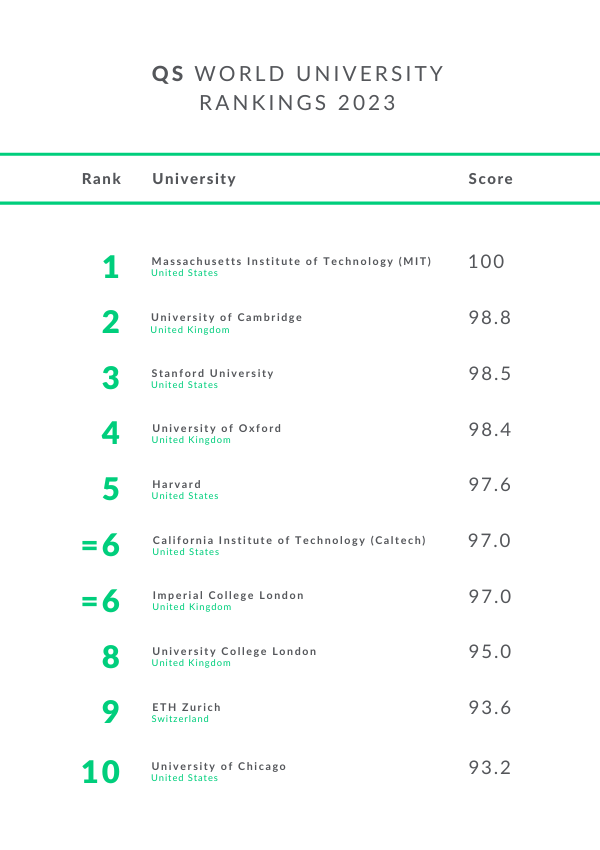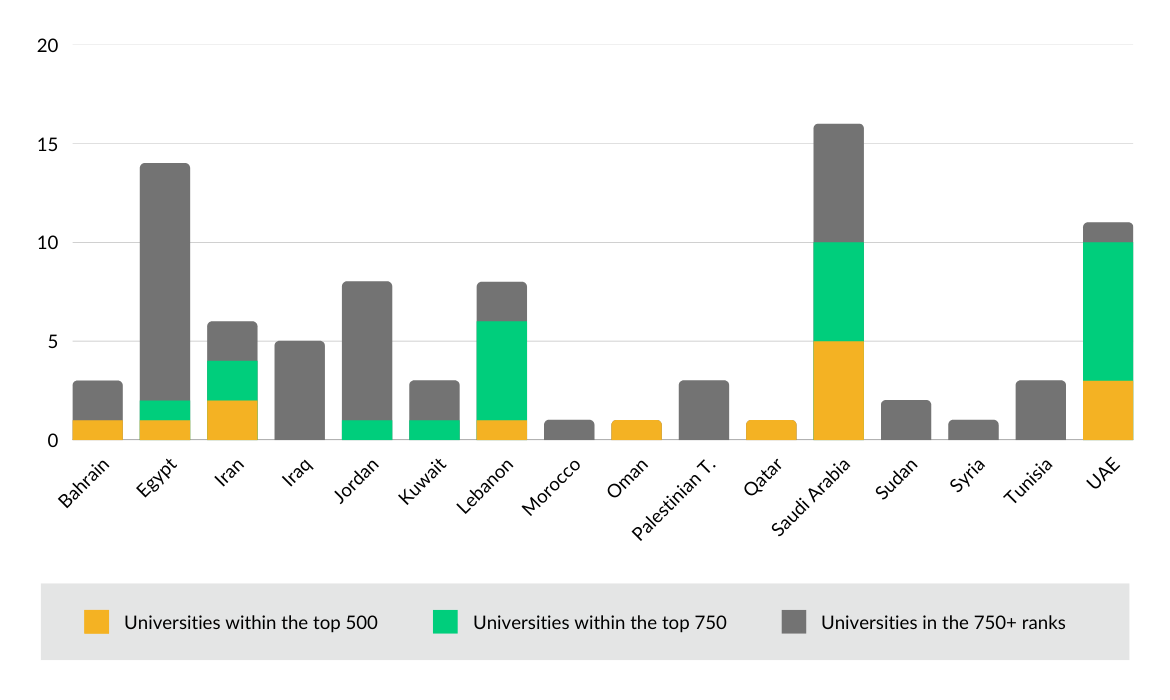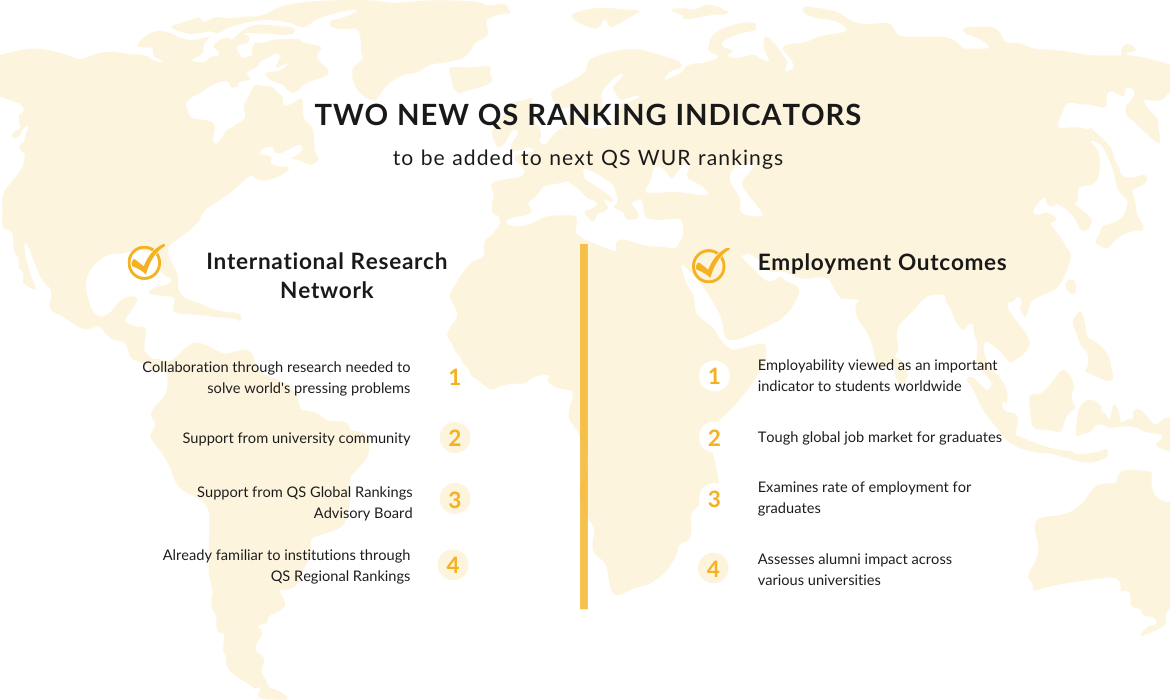
QS has released its 19th edition of the World University Rankings (QS WUR 2023) on June 9th during the Edu Data Summit. Our CEO, Kamran Kardan, attended this remarkable event in New York, at the Delegates Dining Room at United Nations. While King Abdulaziz University acted as the event’s organising partner, other regional universities also partnered with the event, like Abu Dhabi University, Al Ahlia Amman University, Al Maarefa University, American University of the Middle East (AUM), Applied Science University (ASU), Canadian University Dubai, Prince Mohammad Bin Fahed University, Qassim University, United Arab Emirates University (UAEU), and University of Business and Technology (UBT).
Under the theme “The Virtuous Circle: Sustainable and inclusive life-long learning through EduData”, the event addressed highly important and timely topics including:
– “How data contributes to equal access to education”
– “Tracking the success of initiatives that encourage continued learning”
– “How industries influence course content”
– “The changing demands of employers and employees”
– “How government policies direct resources towards certain sectors or have incentives for particular majors”
This year’s QS World University Ranking looked at data from 1,418 institutions across the globe, making it the largest QS WUR ranking to date. The overall chart scores rely on information gathered about the following six indicators: academic reputation, employer reputation, citations per faculty, faculty student ratio, international faculty ratio, and international student ratio.

The Top Ten

Well-Represented Countries
Within the Region:

King Abdulaziz University topped the Arab charts once again this year, reaching a new record high at 106th place, up from 109th last year. The university’s most notable indicators were the international faculty ratio (99) and employer reputation (70.7). Overall, the top performer in the region was Saudi Arabia with 16 universities on the list, followed by the United Arab Emirates with 11 and Egypt with 14 universities.
From Egypt, the American University in Cairo was the only university within the top 500 and made it to 416th place, up from 445th place last year. Cairo University rose on the charts as well from the 571-580 bracket last year to the 551-560 bracket this year, almost making it to the top 500. Two universities in Iran, Sharif University of Technology and Amirkabir University of Technology, ranked within the top 500 in 380th and 443rd place, respectively. From Lebanon, only the American University of Beirut (AUB) placed within the top 500. Oman and Qatar also each had one university within the top 500 and those were Sultan Qaboos University in 384th place and Qatar University in 208th place. Qatar University has been steadily advancing since 2015, when it ranked within the 551-600 group.
Saudi Arabia’s performance was quite remarkable this year. In addition to King Abdulaziz University (KAU) being the top performing Arab university in the ranking (106th place), the country also had four more universities making it to the top 500. King Fahd University of Petroleum & Minerals, King Saud University, Umm Al-Qura University, and Imam Abdulrahman Bin Faisal University (IAU) ranked 160th, 237th, 449th, and 477th, respectively.
Finally, the United Arab Emirates, which secured 11 universities on the QS WUR list, held three universities within the top 500. These universities are: Khalifa University in 181st place, United Arab Emirates University in 296th place, and American University of Sharjah in 369th place.

Academic reputation (40%)
Citations per faculty (20%)
Faculty student ratio (20%)
Employer reputation (10%)
International faculty ratio (5%)
As many as 66 universities received an impressive full score on this indicator. And once again, universities from the MENA region made important appearances at the top of the chart. Out of the total 66 universities that received a full score, 22 universities were from the MENA region. These were (alphabetically):
– Abu Dhabi University, United Arab Emirates
– Ajman University, United Arab Emirates
– Al Ain University, United Arab Emirates
– Alfaisal University, Saudi Arabia
– American University in Dubai, United Arab Emirates
– American University of Sharjah, United Arab Emirates
– American University of the Middle East, Kuwait
– Applied Science University, Bahrain
– Canadian University Dubai, United Arab Emirates
– Gulf University for Science and Technology, Kuwait
– Jouf University Sakaka, Saudi Arabia
– Khalifa University, United Arab Emirates
– King Fahd University of Petroleum & Minerals, Saudi Arabia
– King Khalid University, Saudi Arabia
– Prince Mohammad Bin Fahd University, Saudi Arabia
– Qatar University, Qatar
– Sultan Qaboos University, Oman
– Umm Al-Qura University Makkah, Saudi Arabia
– United Arab Emirates University, United Arab Emirates
– University of Dubai, United Arab Emirates
– University of Sharjah, United Arab Emirates
– Zayed University, United Arab Emirates
International student ratio (5%)

International research network (unweighted)
Employment outcomes (unweighted)
Forge world-class universities
Assess, develop, and implement strategies to improve your institution’s leadership excellence and aid global reputation ambitions with our training and consulting programmes. Click below for more information.
